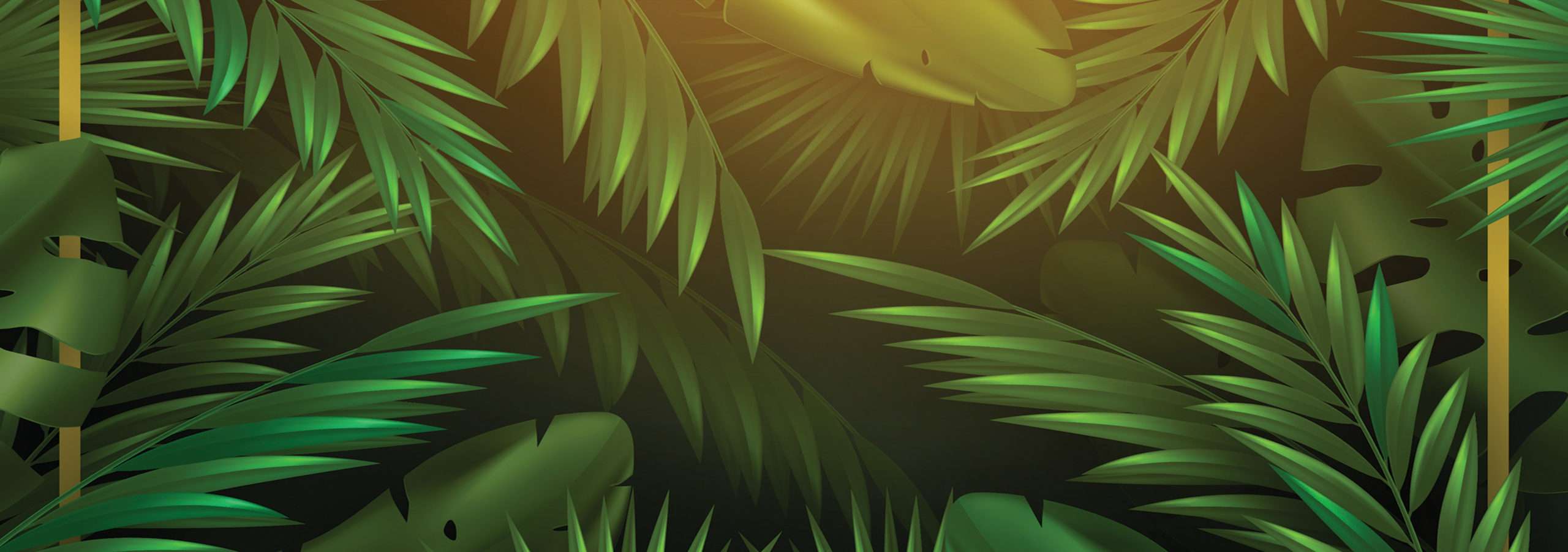SAMHAIN ● From Summer to Fall
By: Brianna MacLean
 “Ghosts and spirits in the night, magical beings rising in flight, owls hooting up in a moonlit tree, I don’t fear you and you don’t fear me.
“Ghosts and spirits in the night, magical beings rising in flight, owls hooting up in a moonlit tree, I don’t fear you and you don’t fear me.
As the sun goes down, far to the west, my ancestors watch over me as I rest.
They keep me safe and without fear, on the night of Samhain, the Witches’ New Year.”
-Celtic Blessing
Winter, Spring, Summer, and Fall.
Like clockwork, the seasons come and go with the flow throughout the year, typically marked by changes in weather. Since as early as the 10th century, the people of several Celtic countries such as Ireland, Scotland, and the Isle of Man would celebrate the transition of the seasons with four traditional festivals: Bealtaine, Imbolc, Lughnasa, and Samhain.
Acting as a halfway marker for the year, Samhain (commonly pronounced SAH-win) traditionally represented the end of the harvest season and the beginning of winter, transitioning from the “light half” to the “dark half” of the year. Celebrated from October 31st to November 1st, it was believed that during this transitional period, the barrier that kept our world and the Otherworld separate would grow thin, allowing spirits and other supernatural creatures to pass through into this world and interact with its inhabitants. The ancestorial spirits were honoured and invited into the homes of their living family. In contrast, malicious spirits were warded off using charms and disguises, lest observers be kidnapped and brought to the Otherworld. The festival was often marked by great bonfires, communal feasts, mummers’ plays, and ritual sacrifices of livestock dedicated to the spirits. Another common festival custom was divination rituals, often involving the use of apples or hazelnuts to divine the futures of those participating. One of the most popular rituals at the time among young people involved the peeling of apples in one singular strip, after which the peel is tossed blindly over your shoulder; according to beliefs at the time, the peel’s shape upon landing on the ground would form the first letter of the name of your future spouse.
With the increased migration of many Celtic immigrants to North America during the 19th century, the customs and traditions of Samhain traveled across the sea, where they slowly began to take on a new life. Carved turnips used to ward off malicious entities became pumpkin Jack-o’-lanterns as festive décor. Going house to house to collect food for the Samhain feast and to fuel the sacrificial bonfires became trick-or-treating for sweets. Handcrafted disguises worn as protection from being stolen away by spirits became fun costumes to mark commercial festivities.
While North America has been largely credited with Halloween’s evolution into the primarily secular and commercial enterprise it has become, it is estimated that 37 countries around the world celebrate Halloween every October 31st, with that number poised to grow alongside the holiday’s ever-expanding popularity. Despite the growing prominence of the holiday, the traditional roots and customs of Samhain that inspired Halloween continue to live today, with many neopagans and Wiccans worldwide choosing to observe the festival as a religious holiday. Contemporary practitioners continue to use fires, feasts, and divinations to honour the lives of the people they have lost throughout the year and celebrate the ever-flowing movement of the year like the ancient Celtic Pagans who came before them.











